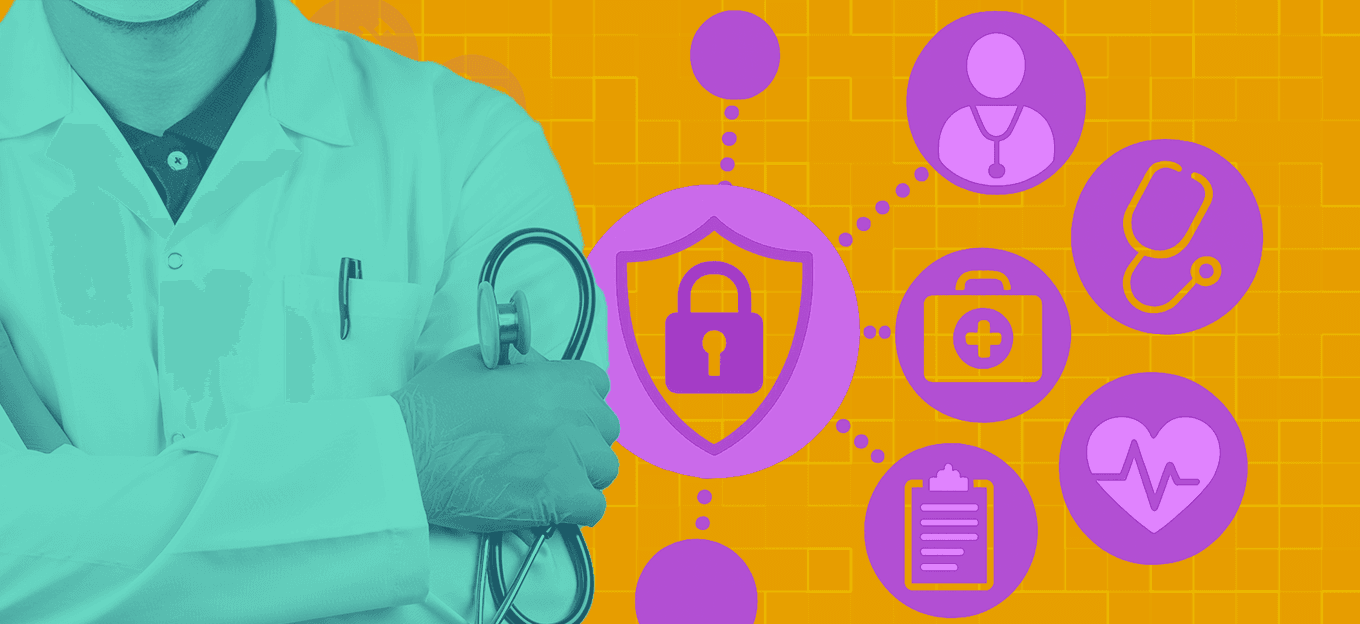Is IoT Making Healthcare More Affordable?
Is IoT Making Healthcare More Affordable?
- Last Updated: December 2, 2024
Zac Amos
- Last Updated: December 2, 2024



The Internet of Things (IoT) impacts the affordability of healthcare. Improvements to automation and medical technology transform many healthcare systems and procedures, and IoT helps connect healthcare workers and their patients. While IoT is an investment, it might end up making healthcare more affordable.
"While IoT is an investment, it might end up making healthcare more affordable."
-Zac Amos
How Does IoT Financially Impact Healthcare?
As technology advances, more hospitals can invest in IoT. Adding new technology is expensive, but overhauling old systems with new IoT reduces costs in the long run. It also impacts the way many people in healthcare carry out tasks or do their job.
When the healthcare industry uses IoT, it changes how things are done. The connectivity of IoT improves how healthcare facilities communicate with patients. It also affects how medical technology is regularly used, encouraging employees to use efficient technology more often.
The goal behind IoT is to revolutionize how healthcare treats patients. However, that goal takes time and money to realize.
Does IoT Make Healthcare Cost-Effective and Affordable?
IoT has the potential to make healthcare more cost-effective, but there are a few obstacles in the way. The initial investment in IoT can be expensive. Medical tech is becoming more accessible for general use as automation improves. Technology that was once only used for specialized care has advanced to the point that healthcare facilities use it in regular practice. However, the initial cost of installing these machines is high — IoT isn’t necessarily meant to generate revenue.
The primary reason IoT may help healthcare become more affordable is because automation reduces costs. IoT overhauls many outdated procedures and makes them more efficient. While IoT isn’t directly increasing revenues, it saves organizations a lot of money. If a healthcare provider sees reduced costs, these savings may pass on to patients themselves. Affordable healthcare is possible when technology becomes more productive.
Experience provides that initial investment in this medical technology is worth it. Automation and connected devices can help providers see, diagnose, and treat patients faster. A quicker turnaround time means more effective results and greater income generated. The benefits of streamlined IoT systems and healthier patients make up for the initial technology expenses.
How Is IoT Helping With Costs?
Automation in healthcare prevents mistakes and saves time. For example, automated payroll processes reduce human errors that otherwise lead to miscalculations. Humans might accidentally pay overtime or fail to comply with laws. Such mistakes can cost time and money to fix.
Automation lets organizations avoid human error. Less time spent on fixing the payroll means increased time for more critical tasks. IoT allows healthcare workers to be paid promptly and paid correctly, which ultimately reduces labor costs — leaving miscalculations or misclassification behind.
Streamlined IoT technology gives healthcare workers a way to check patients’ conditions remotely or for patients to monitor their own condition. Being able to track a patient’s condition remotely saves time — and therefore money.
If a patient uses IoT to determine when they should go to the hospital, they’re more likely to save money by only seeking health care when they need it. The connectivity of such devices also allows healthcare facilities to better track patients.
IoT saves healthcare money in many other ways:
- Fewer human errors: IoT removes the risk of human error from many healthcare processes. Reducing human error saves the time of healthcare employees and prevents costly mistakes.
- Remote monitoring: Healthcare workers can monitor patients remotely to save time and money. This ability gives workers more free time to attend to other duties and reduces staffing costs.
- Wearable tech: Patients can monitor their own condition with wearable technology. These tools make healthcare more affordable because a patient is more likely to only seek care if it is necessary.
- Better storage: Storage of patient data can take up a lot of physical space. Digitally storing information saves material costs and reduces storage space costs.
The True Cost of IoT
Advancements in medical technology help both patients and workers in the healthcare industry. IoT provides accessible and functional solutions to common issues in healthcare, from streamlining processes and eliminating human error to getting patients the help they need when they need it.
While the initial cost of IoT can be high, automation and efficiency ultimately reduce overall costs in the long run. Automated connectivity enhances the system’s effectiveness and gives healthcare workers more time to do important jobs. Time is a valuable resource in healthcare, and IoT is meant to streamline tasks to save time.
IoT also helps patients with benefits that include everything from wearable tech to more accurate billing. Healthcare is more affordable for patients when they’re informed about their conditions and can seek appropriate care. While the initial cost of IoT might seem high, the end result of IoT in healthcare is more time saved and patients helped — which is worth the investment.
The Most Comprehensive IoT Newsletter for Enterprises
Showcasing the highest-quality content, resources, news, and insights from the world of the Internet of Things. Subscribe to remain informed and up-to-date.
New Podcast Episode

Moving Past the Pilot Phase in IoT and AI
Related Articles





